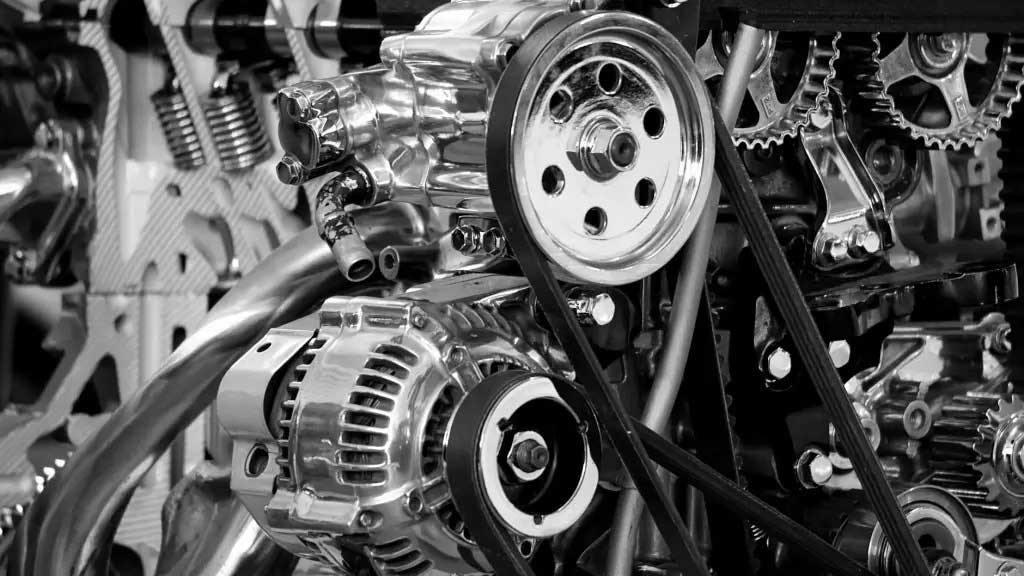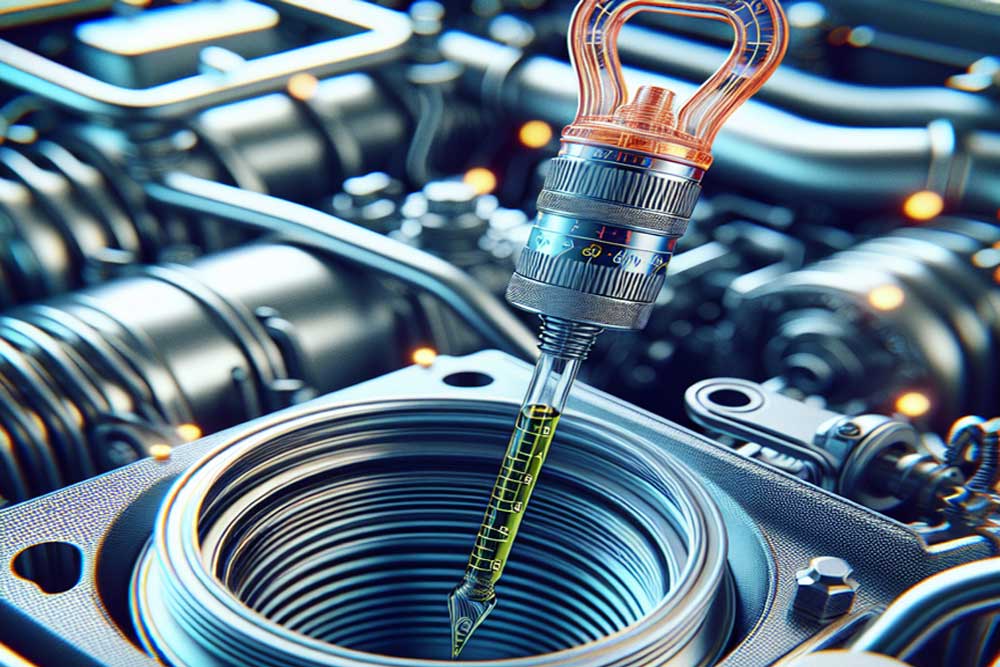Automotive safety is a critical concern for manufacturers, regulators, and consumers alike. Behind the scenes of every vehicle’s development lies a rigorous testing process designed to ensure that cars are safe, reliable, and compliant with industry standards and regulations. From crash tests to durability assessments, these tests play a vital role in identifying potential safety hazards and improving vehicle designs. This article will delve into the various stages of automotive safety testing, exploring the methodologies, technologies, and standards used to evaluate vehicle safety and protect drivers and passengers on the road.
Crash Testing: Simulating Real-World Scenarios
Crash testing is one of the most well-known and highly important components of the safety testing that is performed on automobiles. The purpose of crash testing is to evaluate the structural integrity of cars, as well as their occupant safety systems and overall crashworthiness. These tests entail exposing vehicles to controlled accidents, which simulate real-world crash situations. High-tech crash test facilities gather data and assess the performance of cars after an accident by using sophisticated technology such as crash test dummies, onboard sensors, and high-speed cameras. These facilities are designed to test automobiles in a variety of conditions. The findings of crash testing provide manufacturers with information about possible design defects and places for development, which eventually results in products that are safer for customers to purchase.
Durability and Reliability Testing: Ensuring Long-Term Safety
In the realm of automotive safety, durability and reliability testing play a pivotal role in ensuring long-term safety standards. Rigorous testing protocols, such as those conducted by a PSCR (Product Safety & Conformity Representative). These tests simulate real-world scenarios, including extreme temperatures, rough terrain, and collision simulations, to assess the durability and reliability of automotive safety systems. By subjecting vehicles to such comprehensive testing, manufacturers can identify potential weaknesses and make necessary improvements to enhance overall safety standards. Ultimately, durability and reliability testing contribute to instilling confidence in consumers regarding the long-term safety and performance of their vehicles.
Advanced Driver Assistance Systems (ADAS) Testing: Enhancing Safety Features
With the increasing adoption of advanced driver assistance systems (ADAS), such as lane departure warning, adaptive cruise control, and automatic emergency braking, automotive safety testing has evolved to include assessments of these technologies. ADAS testing focuses on evaluating the accuracy, effectiveness, and reliability of these systems in real-world driving scenarios. Test protocols can involve scenarios such as lane change maneuvers, emergency braking situations, and obstacle detection tests to verify the functionality and performance of ADAS features. By rigorously testing ADAS technologies, manufacturers can enhance the safety and usability of these systems for drivers.
Regulatory Compliance Testing: Meeting Industry Standards
Automotive safety testing also encompasses regulatory compliance testing, which involves ensuring that vehicles meet the safety standards and regulations established by government agencies and industry organizations. In the United States, for example, the National Highway Traffic Safety Administration (NHTSA) sets safety standards and regulations for motor vehicles, including crashworthiness requirements, occupant protection standards, and safety performance criteria. Compliance testing involves verifying that vehicles meet these standards through a series of tests and evaluations conducted by certified testing facilities. Non-compliance with safety regulations can result in fines, recalls, or legal consequences for manufacturers.
Cybersecurity Testing: Protecting Against Cyber Threats
As vehicles become increasingly connected and reliant on software-driven technologies, cybersecurity testing has emerged as a critical component of automotive safety testing. Cybersecurity assessments aim to identify vulnerabilities and weaknesses in a vehicle’s onboard systems and networks that malicious actors could exploit to compromise safety or security. Test scenarios can include simulated cyberattacks, penetration testing, and vulnerability assessments to evaluate the resilience of a vehicle’s cybersecurity defenses. By conducting cybersecurity testing, manufacturers can mitigate the risk of cyber threats and safeguard the safety and privacy of vehicle occupants.
Conclusion
In conclusion, behind the scenes of every vehicle’s development lies a rigorous testing process designed to ensure automotive safety. Crash testing, durability assessments, ADAS testing, regulatory compliance testing, and cybersecurity testing are just a few of the critical components of automotive safety testing. By employing advanced technologies, methodologies, and standards, manufacturers can identify potential safety hazards, enhance vehicle designs, and, ultimately, protect drivers and passengers on the road. As automotive technology continues to evolve, safety testing will remain an essential aspect of vehicle development, driving innovation, and improving safety standards across the industry.











